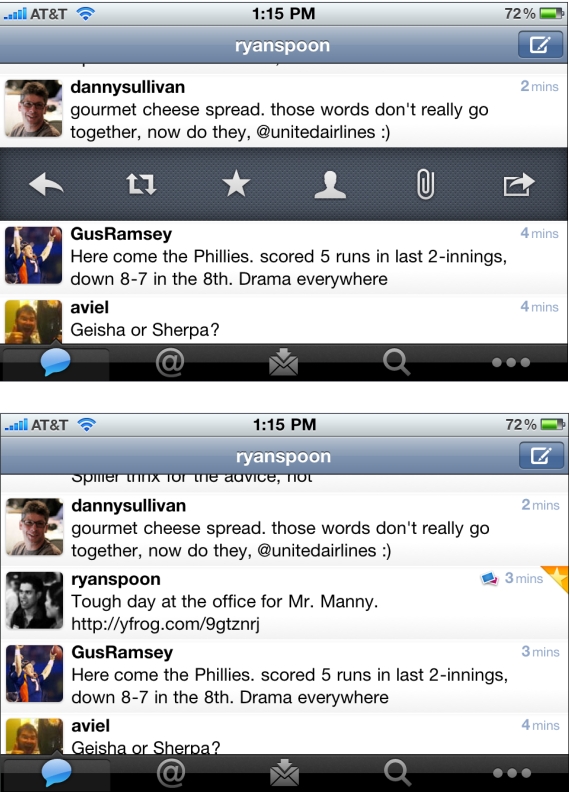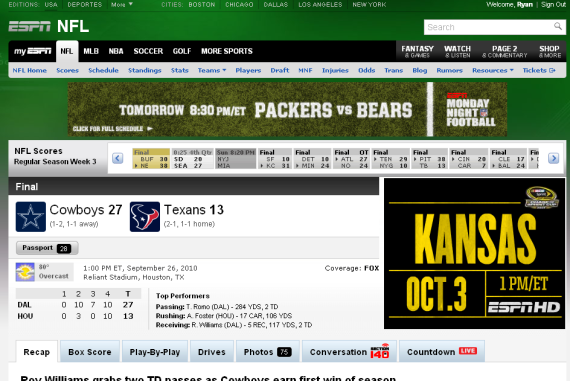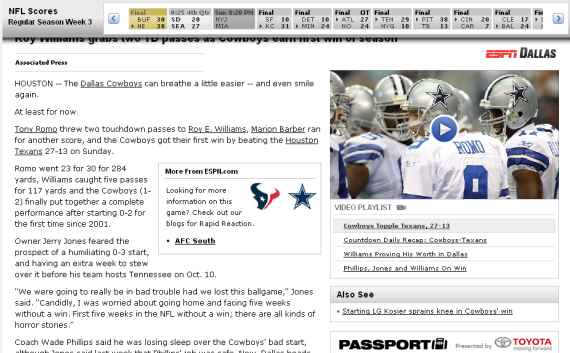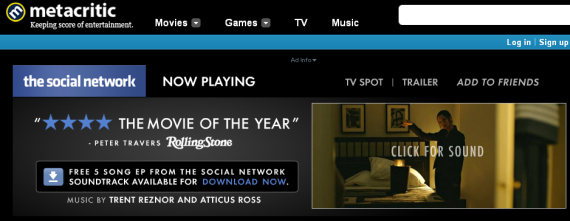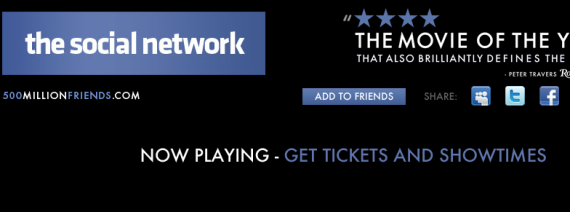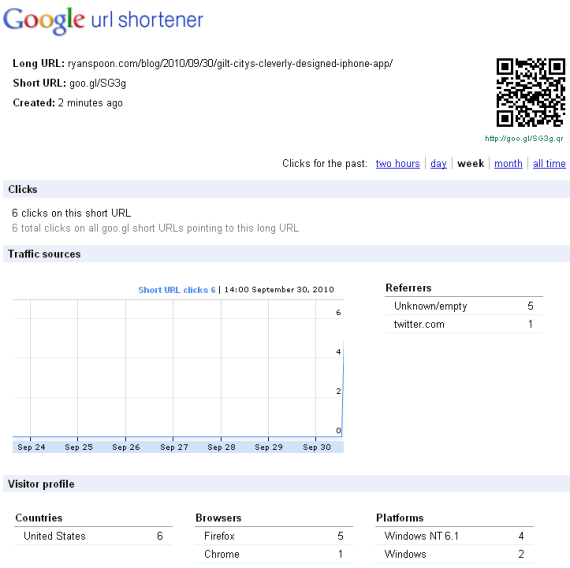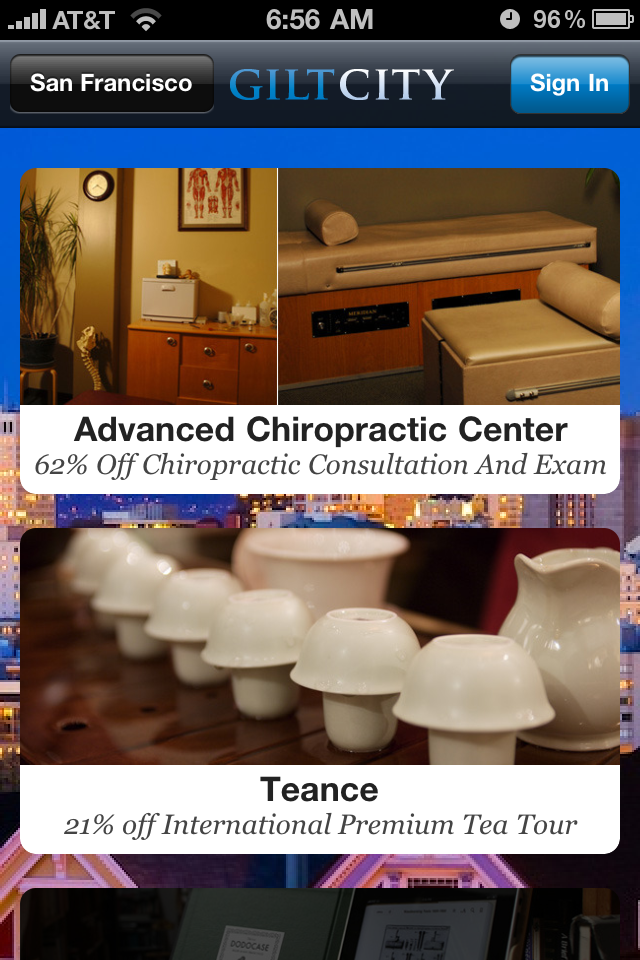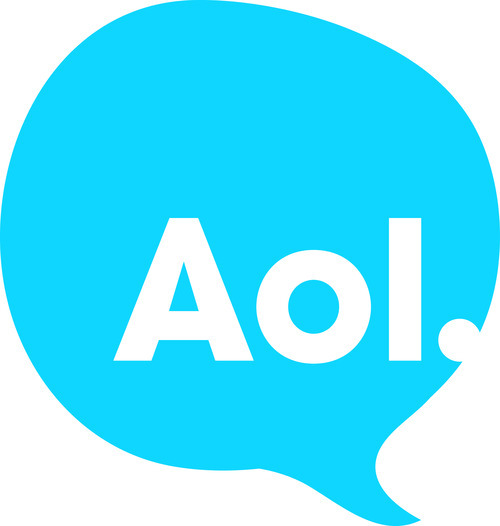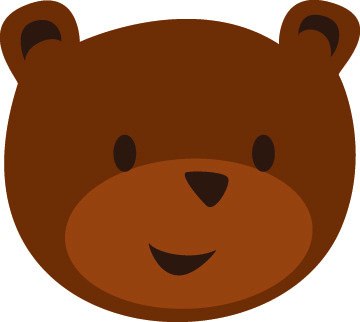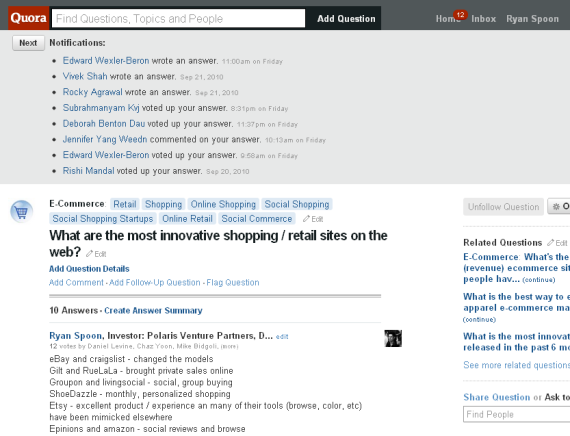Last night I saw a screening of The Social Network and it lived up to the hype / great reviews (100% on RottenTomatoes.com). The movie was well done, well acted, fun, and actually very inspiring (I think - and hope - that young, potential entrepreneurs will find the journey and teams' drive motivating).

But Newsweek's critique of the movie was different... and more of a critique of entrepreneurship in Silicon Valley. Using Facebook, Zynga, and Twitter as examples, the article "The sad truth about Facebook" comments on the valley's culture, the chase of wealth ("giant paydays"), and and avoidance of "serious technology challenges":
"The risk is that by focusing an entire generation of bright young entrepreneurs on such silly things, we’ll fall behind in creating the fundamental building blocks of our economy. The transistor and the integrated circuit gave rise to the last half century of prosperity. But what comes next?"
and
“The old Silicon Valley was about solving really hard problems, making technical bets. But there’s no real technical bet being made with Facebook or Zynga,” says Nathan Myhrvold, the former chief technology officer at Microsoft who now runs an invention lab in Seattle. “Today almost everyone in the Valley will tell you there is too much ‘me-tooism,’ too much looking for a gold rush and not enough people who are looking to solve really hard problems.”
As an investor, I am obviously looking for big thinkers and big ideas. I am looking for businesses rather than features... and ask questions specifically about 'scale' and 'size'. But it is outrageous to discount Facebook, Twitter and others because they are social products and not obviously unique / challenging technologies.
Because the article uses Facebook and Twitter as examples, I will do the same.
Would you label Google or The New York Times as "silly"? Of course not. But in addition to being a hub for online presence / networking, Facebook is make search and advertising social (and potentially more effective)... and Twitter has become a modern news channel for millions of users. These are big ideas with big impacts. And to do either at unrivaled scale is a technical challenge. And both Facebook and Twitter are platforms that enable innovation and business growth (some of which will be small and others big and impactful).
Those familiar with Facebook - or those who watched the movie - know that Facebook was not driven revenues: "Now the Valley has become a casino, a place where smart kids arrive hoping to make an easy fortune building companies that seem, if not pointless, at least not as serious as, say, old-guard companies like HP, Intel, Cisco, and Apple."
Using Facebook and Zuckerberg as representives of a wealth-driven culture is inaccurate and unfair. Similarly it is unfair to say that it - or other software companies - are not as meaningful as big hardware companies is also inaccurate and unfair by any measure. For example, Facebook's traded valuation is roughly 1/3rd of HP's market cap and 1/4th of Intel's and Cisco's. And Facebook is prominently featured in HP and Apple advertisements... and Facebook accounts for over 50% of iPhone app usage.
Again, let's encourage entrepreneurs to think big.
But let's not label the software - particularly consumer and social web - "silly".
And let's not classify all entrepreneurs as motivated by wealth... nor fault those who are (because that extends beyond the valley and beyond 2010).
